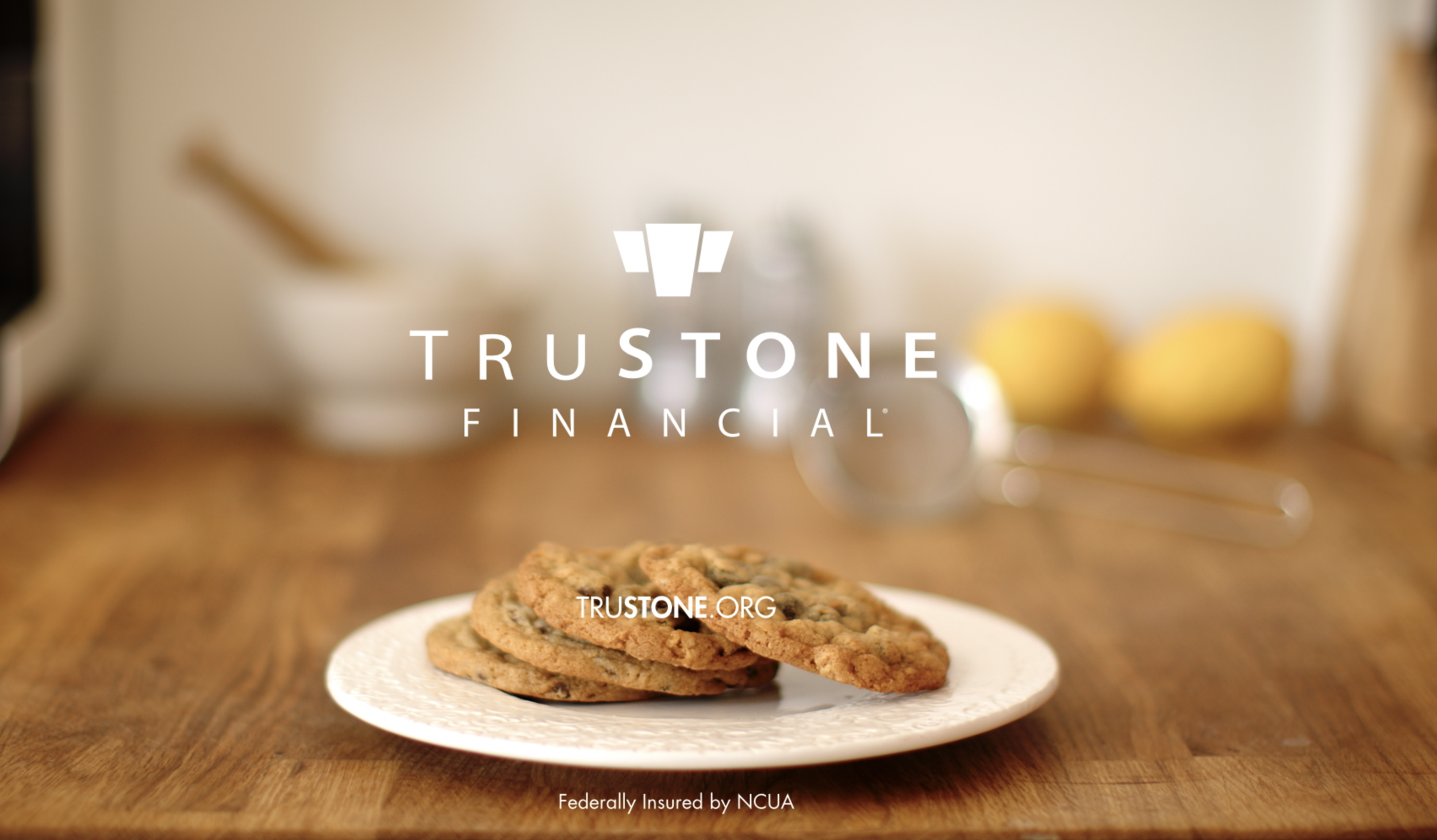Successful mergers: never overlook the power and value of name, brand and culture
One of the greatest challenges to the success of any merger is tackling the early fears, emotions and legitimate concerns of the people whose lives will change significantly: your staff first.
Merger success requires finding ways to rapidly unite two teams, align two different cultures, combine two boards, and link two unique sets of beliefs, styles, values and practices. It’s not as simple as blending lists to check a box.
People are naturally “tribal” in their attachment to their own name and brand, their teams and their way of doing business. Mergers force employees to rethink and change almost everything: leadership, cultures, products, core values, branches and systems. Emotions are on high alert during mergers, especially from staff wondering how much of what they know as “theirs” might never be the same again. And one of the most emotional issues of all is the allegiance to each organization’s name, brand and storytelling.
“Marketers love to say that a brand transcends a name or a logo. It’s an emotion… a feeling… an experience. As marketers and as leaders, a merger is our chance to put our money where our mouth is.”
And of course, you can’t leave out your members emotions and concerns around any merger – they’re people, too. Some of them also have emotional ties to your brand, name, the organization and staff they may know. Past failed mergers, or personal impacts, weigh on people’s minds and perceptions, making the importance of stellar communications, brand alignment and a compelling story about the future vision vital to success.
Ultimately what matters most to a successful merger – is that people’s perceptions, concerns and expectations for your brand, communications, potential name and brand changes, led by your actions, will be critical to win their trust and confidence: that the merger will truly be in their best interest and create a growing, sustainable organization. And gaining early momentum, alignment and focus around your brand is one of the key ingredients to jump-starting and sustaining merger success.
“No matter how much you try to smooth out a transition, or how much you intend to improve services, access, and the member experience, a merger always means change. Change for members, change for employees. That’s inconvenient, disruptive, and even scary,” explains Marty Kelly, EVP & Chief Marketing Officer, at TruStone Financial – which recently merged with peer-sized Firefly Credit Union. “Managing those emotions before, during and after transition is a rocky road. People are naturally comfortable in the familiar and resistant to change.”
Marty continues:
“Marketers and branding experts love to say that a brand transcends a name or a logo. It’s an emotion… a feeling… an experience. As marketers and as leaders, a merger is our chance to put our money where our mouth is.
If you are losing a familiar and comfortable name and logo, give thought to how you can optimize what truly makes up a brand. Keep those aspects as consistent as possible.
For employees, what can we do to keep the culture intact? How do we connect the mission, vision and core values of the two organizations? They likely intersect in more than one place. Demonstrate that to your employees, over and over again.
For members, how do we maintain the feelings they’ve come to expect and rely upon? What can we keep consistent about that experience while so much else is changing? For example, is it entirely necessary to relocate all staff? Keeping people in their previous environment during and soon after transition maintains the familiarity that brings comfort.”
See how TruStone Financial’s new TV and digital video spots merge warmth, humor and values while spotlighting high value products.
So, amidst all the early merger focus on board composition, HR issues, core systems, leader roles, branches and products: how important is the decision to rebrand, and the options to retain one name; modify one name; keep both names for a time; or change names?
Ignoring the reality of building brand, cultural, and name alignment, has cost many credit unions their cultural unity, years of turmoil – and vastly delayed the value and desired benefits of the merger towards market distinction and competitive growth.
Rebranding is the ideal early driver of inspiring people to a new vision, alignment and focus
Surprisingly, one of the often-missed opportunities in the earliest phase of mergers (and one that we’ve learned is one of the ideal first steps), is uniting leaders, boards and teams behind the joint creation of a new Brand Vision, shared Brand Promise, renewed Values and Purpose.
“ It’s a once in a lifetime opportunity to create something stronger than the sum of two parts”
Fear of change, concerns for job security, worries of member backlash, are just a few of the warning signals, that engaging your people in a positive, grass-roots rebranding effort that becomes the catalyst of a bold new shared vision is a huge win. It’s a once in a lifetime opportunity to create something stronger than the sum of two parts – with people that don’t know each other well yet – and need to find positive collaboration with. A chance to build a relevant and unique new brand and story platform together for members, consumers and a wider range of communities and markets. Done well, with skilled brand experts, this rebranding process can be an adrenaline rush of creating alignment, focus, purpose and cultural optimism like no other project of a merger. Read success stories of credit unions maximizing their rebrands to drive growth and ROI.
The best advice: Lean into the moment as an opportunity to build aligned market focus.
Make no mistake about it – both merging entities have special aspects of their brand equity that people admire (e.g. friendly staff); but frankly also have hurdles and issues that need to improve in this highly competitive financial marketplace.
So, using the rebranding process as an opportunity to engage teams in bringing two different brands, images and reputations together: allows leaders to take the best of both; and create something bold with a fresh and compelling new story. Sometimes the first steps benefit from name and brand equity research to uncover those distinct drivers of your equity.
“By turning a name or brand change into a positive future vision, and communicating it well internally and externally, you can create a path of positive forward movement.”
Simultaneously, the process you engage, and the decisions you make around your name should be no different. Your opportunity here, is the potential impact and lift of reshaping positive perceptions in the midst of change, you can have on existing members – as well as the key prospect segments you want to attract.
It’s also where a skilled brand consultancy becomes a mission critical guide to merger success: part strategist; C-Suite coach; therapist, mediator and trusted guide. Experts who can help leaders not struggle to declare one “victor” between the two organizations or names. But instead to build one aligned team with a renewed vision, shared purpose and fresh brand.
Scenario Planning for Naming & Branding is complex and emotional.
Heavy is the head that wears the crown. As senior leaders and Board members facing a constant stream of strategic, tactical and emotional changes, expert brand knowledge, and clear brand road map planning can help leaders avoid painful mistakes. Issues like boards vying for keeping their names, brands, core values, can help leaders avoid costly mistakes, or even have mergers blow up for the wrong reasons.
Cheryl DeBoer, CEO of Advia Credit Union, shares her experience:
“In 2013, our organization underwent a merger of two strong, locally prominent credit unions. Each had been established in the 1930’s, and In addition to adjusting to a state chartered structure, we were experiencing growth into other new markets where our former name (First Community FCU) was quite commonly used.
This presented challenges for us when moving into a new market, so we took this as an opportunity to introduce a new name and visual branding elements that positioned us uniquely within the market and associated more closely to our mission of providing financial advantages for our members, acting as a pathway via innovative solutions.
Since our official name change to Advia (January 2014), we’ve underwent four (4) additional mergers and acquisitions, added new branches, and moved into eleven (11) new markets. Our asset size has nearly tripled, now over $2.6 billion, and our membership has grown nearly 80%, with now nearly 190,000 served.”
Let’s take a look at three of the most common scenario paths for how credit unions evaluate, chose and turn decisions into opportunities for building alignment and market growth.
Scenario 1.
Two credit unions have decided to merge. Avocado Credit Union and Artifact Credit Union board members both feel very strongly about their great names – and the huge equity they believe they have built up in their market.
Should they keep both names, or lobby each other to finally select one? Should they live for some period of time as “A Division of Avocado Credit Union?” That decision will require ongoing explanations everywhere you have a logo and conversations with people: and additional costs for all your offices, branches, marketing materials, websites, apps, social media, loan applications – you get the picture.
This scenario of a sub-brand, or “white label” has been used countless times – and it could work again, right? But who keeps track of managing these two brands across multiple channels, social media, online communications and digital marketing? What happens if you decide to merge in a third organization; and another? That couldn’t happen, could it?
Consider Truity Credit Union, headquartered in Bartlesville, OK, with branches in Lawrence, KS, across Houston and in other states. Originally named 66 Federal Credit Union, they had merged in several credit unions in different markets, including even a university credit union. The board opted to let each keep their own names. Ultimately, even their original credit union sponsor, Philips 66 had merged into Conoco Corporation, becoming ConocoPhillips.
Let’s just say, that after four mergers and managing four brands, staff juggling, and member confusion had never been higher as to who really was the parent company and what was happening to their credit union.
“We presented Strum with quite a challenge,” admits Amy Grose, SVP Marketing at Truity Credit Union. “Blending four names and brands across four states into one, then helping focus our brand and culture by identifying the great things we were already doing. Great process. Successful buy-in by everyone. And we continue to grow the impact we have on our staff, members and community.”
Strategy. Research. Building Consensus. Aligning Cultures around a new brand and name. These success factors gave Truity a purpose-driven story to tell about the trust and integrity values they prize for each other, their members and the communities they serve. Trust + Integrity = Truity.
Scenario 2.
Select the legacy name with the strongest equity – and non-exclusivity, that best matches the future vision of the organization.
One example recently in the news is this headline: “Two Colorado credit unions announce plans to merge.” Under terms of the deal, the three branches of the $173 million-asset Western Rockies would be rebranded as branches of the $3.5 billion-asset Canvas.
Now even though the Canvas Credit Union name is only a few years old, its equity has grown exponentially in those few years, and just as important, has no ties to a geographic area, leaving expansion, and the promise of additional mergers, wide open.
Scenario 3.
You’ve found a merger partner that makes sense for the regional markets you both serve.
One is a niche-focused faith-based organization, while the other is a community charter credit union. The vision for the newly formed credit union was to serve to enhance their strength and competitive abilities, while bringing more value to members and their communities. Both legacy names will live on as part of the organization’s history and story told, with one new name developed to lead the way into the future.
“Solarity is a name that represents energy; the liveliness of our people and the vigor that we put into the communities that we serve,” explained Mina Worthington, President/CEO of the newly merged $460 million asset credit union in late 2011.
Years after that merger, and with over $1.3 billion assets under management, Solarity continues to reach out with new digital products to a broader regional audience across its expanded membership area of the Pacific Northwest.
Your key to success.
In any of these scenarios, whether a decision is ultimately made to change names, modify or not, the importance of building a new brand strategy to align both (or more than two) organizations’ values, culture, purpose, distinctive personality and future vision will spell the difference between transformative success, high organizational impact and positive growth, or potentially wasted resources and delayed impacts.





